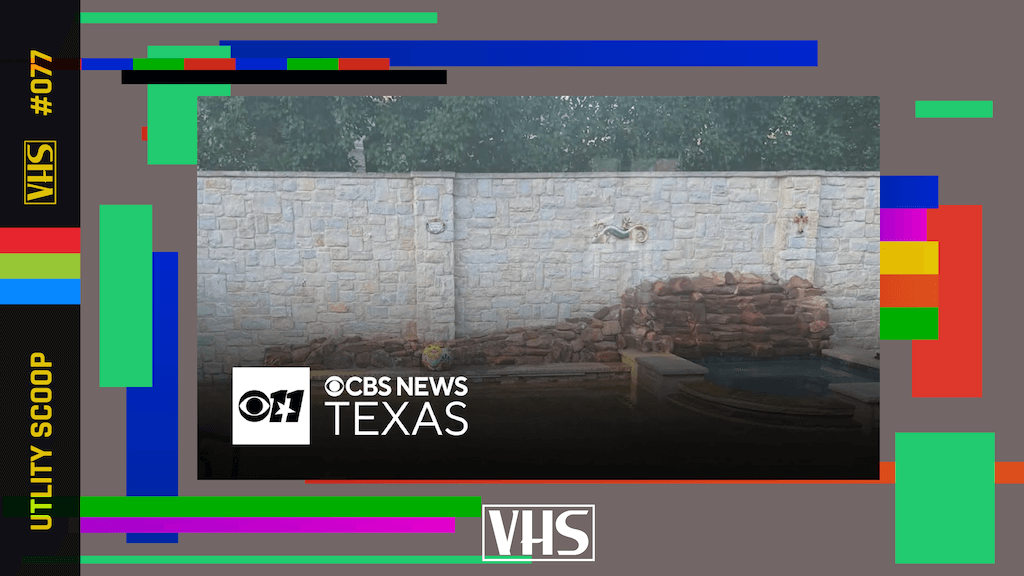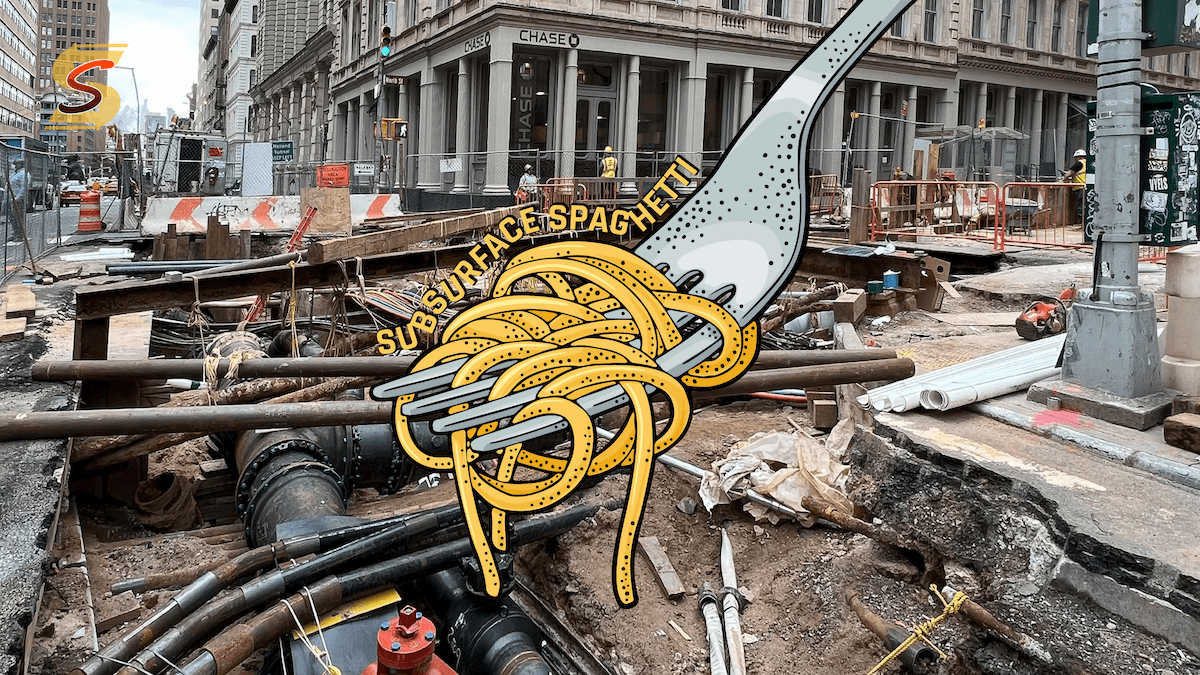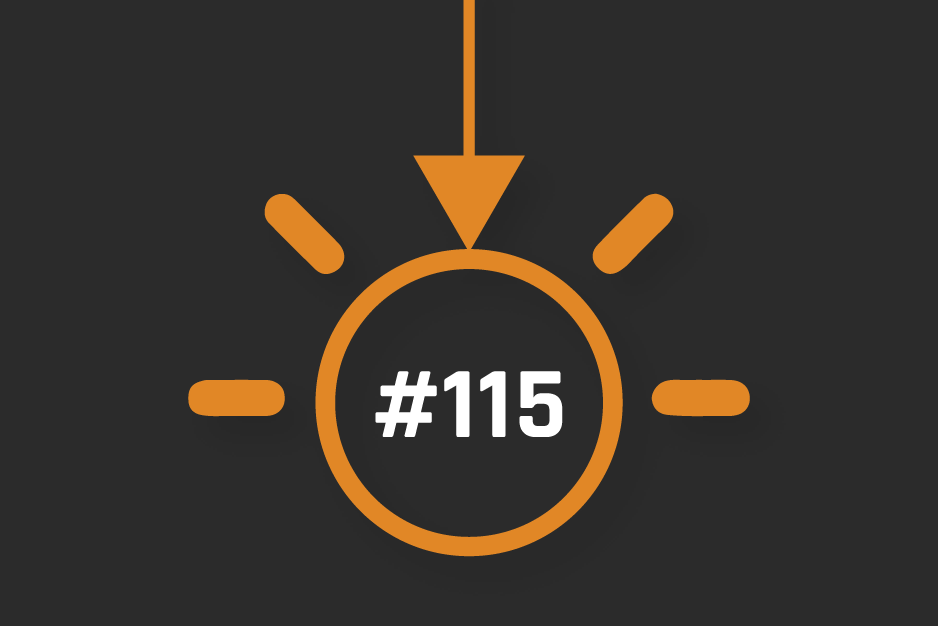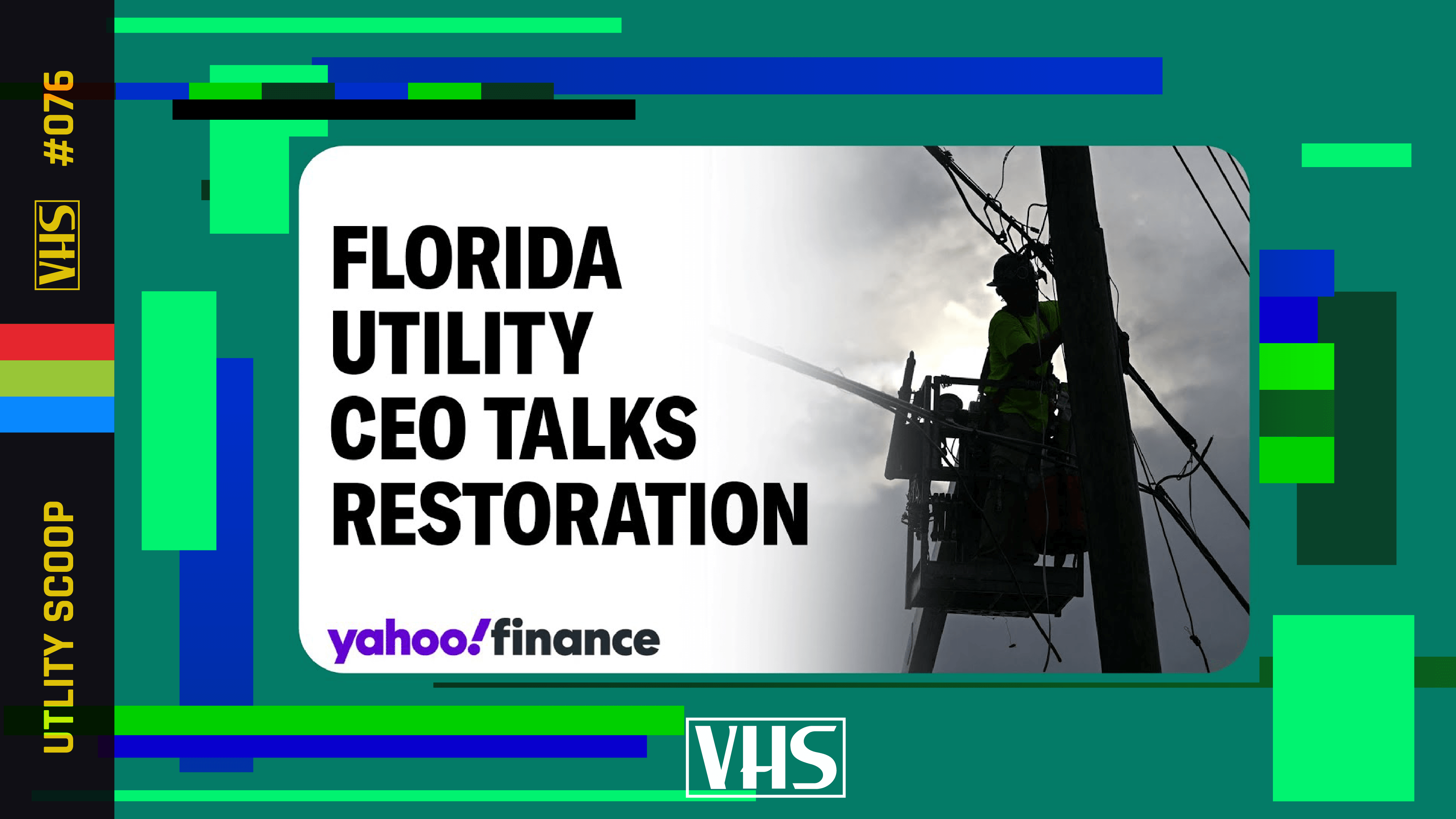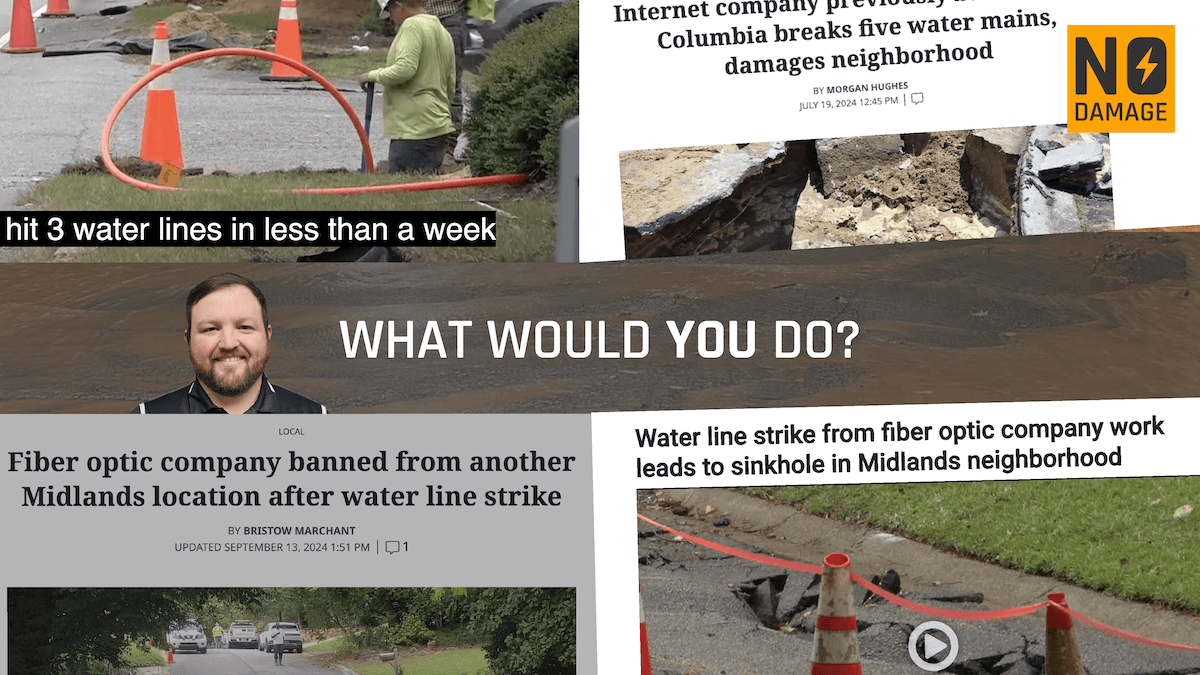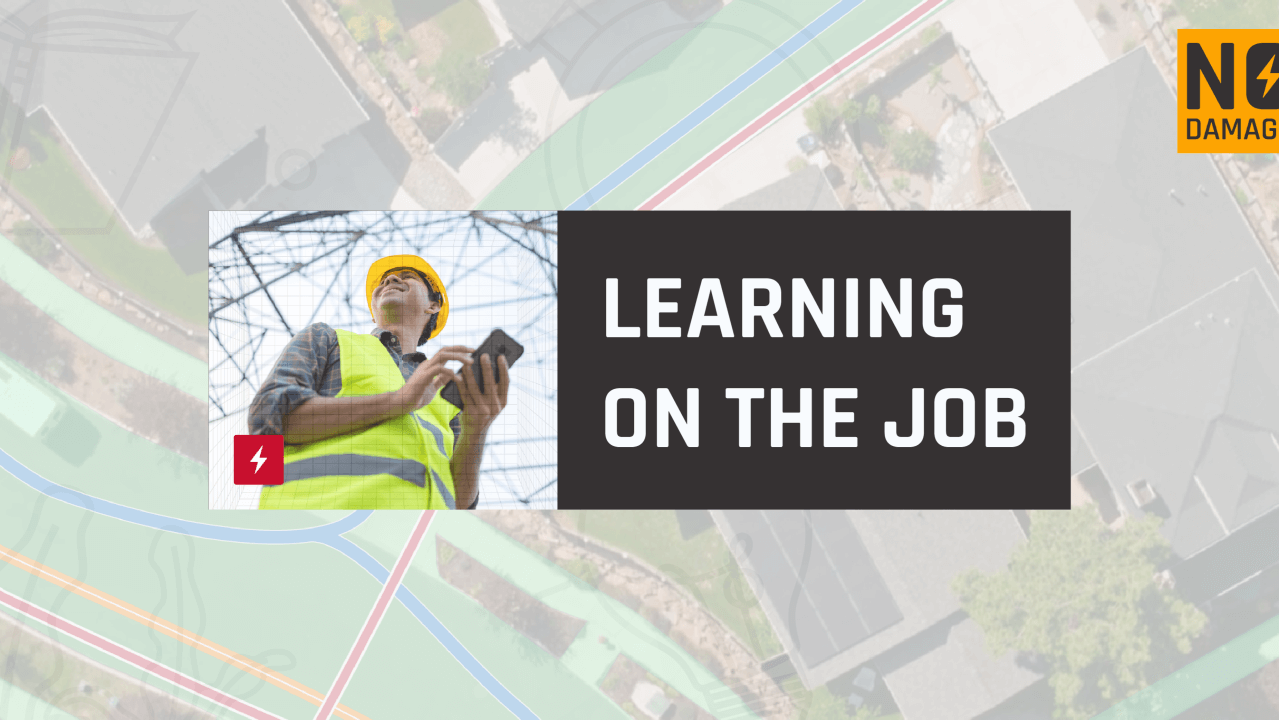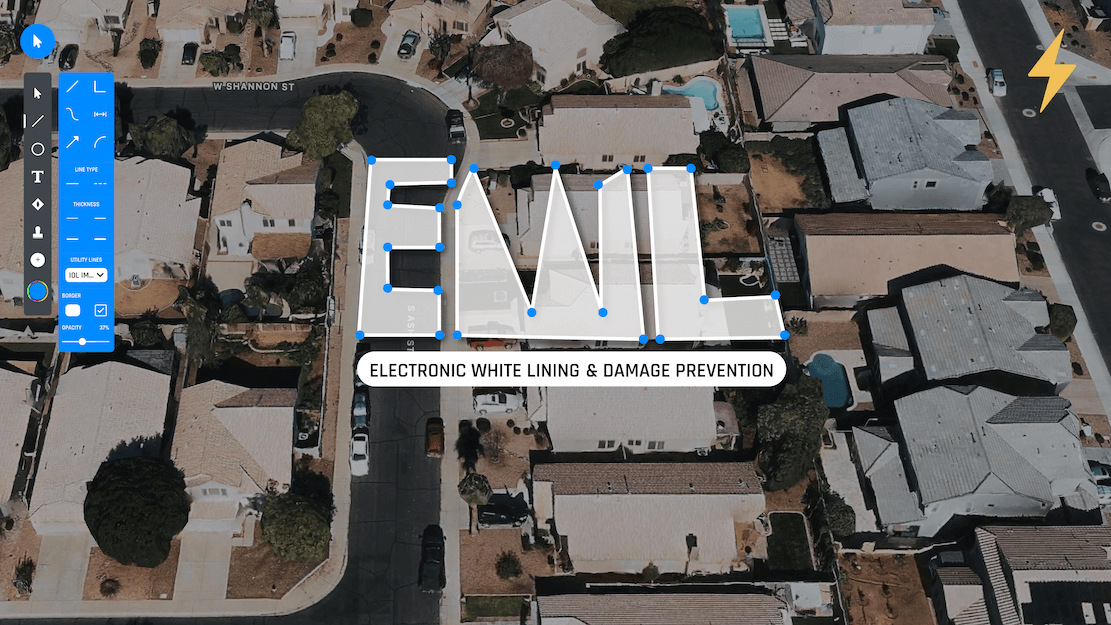
Looking forward to 2028, with the set target of achieving the 50 in 5 milestone, the excavation industry faces significant challenges ahead. However, it's reassuring to note that many of the solutions needed for progress are already accessible and implemented in various states or industries. This week I’m looking at electronic white lining which I mentioned in my post yesterday on LinkedIn where I shared a video of paint failing to adhere. It's evident that technology will play a significant role in virtually every aspect of our lives. This includes damage prevention, particularly in excavation activities. The latest Common Ground Alliance (CGA) Technology Report envisions a future where technology permeates every stage of the excavation process. There are five compelling reasons why Electronic White-Lining (EWL) holds significant importance in excavation practices: it enhances clarity, minimizes damage, mitigates environmental impact, improves efficiency, and maintains a digital record of the excavation site for investigative purposes in case of damage occurrences.
DATA DRIVEN NEED
However, without proactive steps taken today, this vision risks remaining unrealized. Despite the availability of technologies like Electronic White-Lining (EWL), their adoption remains sporadic. EWL, endorsed by CGA and advocated by safety regulators and industry associations, represents a fundamental shift in excavation methodology. The CGA Best Practices states that, “Electronic white lining provides a method where excavators may indicate their defined dig area visually by electronic data entry (lines or polygons) without the need for a physical site visit.” Virginia One Call did a pilot study back in 2007 on EWL and found several key improvements to their damage prevention metrics including, “The number of locate notification tickets issued was reduced by 8.04%. The average notification area for locate requests was reduced by 89.42%. 3-hour notices were reduced by 56.78%. Cancelled locate requests were reduced by 36.51%. The need for extended marking schedules was reduced by 66.22%.” Data from this pilot program in Virginia and internal analysis conducted by the Canadian Common Ground Alliance (CCGA) underscore the efficacy of EWL in minimizing excavation-related damages. The CCGA study revealed that excavation projects using web-entry tickets, which often incorporate map-based notice provision, were twice as likely to avoid damage compared to those relying on traditional phone notice systems like calling 811.
PRACTICAL NEED
Precision mapping offers several advantages that contribute to a more efficient and environmentally friendly excavation process. Firstly, it helps to streamline the job site by reducing the number of vehicles required and minimizing their time spent onsite. Electronic White-Lining (EWL) eliminates the need for excavators to physically pre-mark the site in many cases, saving time and resources. Secondly, precision mapping enables better ticket screening, ensuring that only relevant utilities are notified and reducing the size of the buffered dig site. This prevents unnecessary visits from utilities that are far from the actual excavation site, minimizing vehicle trips, idling, and environmental impact. Furthermore, precision mapping allows locators to mark only the areas relevant to the excavation, avoiding unnecessary markings in large areas. This further reduces vehicle trips, idling, and time spent on-site, leading to decreased environmental harm and vehicle emissions. In addition to these efficiency benefits, precision mapping also enhances communication between excavators and locators, reducing the risk of damage during excavation. By providing clear and accurate information about the excavation site, precision mapping helps prevent incidents such as methane leaks or hazardous liquid spills. This, in turn, minimizes the need for emergency response vehicles, investigators, and project delays, further reducing environmental harm and vehicle emissions.
The CGA has identified EWL as the “greatest return on investment” in the industry. The significant cost savings and return on investment stem from the enhanced efficiency of excavation processes, which conserve both time and resources. Moreover, the adoption of EWL offers additional benefits for One-Call centers. For instance, the Alberta one-call center in Canada managed to reduce its personnel by over 40 percent while simultaneously expanding its operational scope to include Saskatchewan and Manitoba. This achievement was largely attributed to the transition towards utilizing 98 percent web-entry tickets and reducing call-in locate requests. Notably, these benefits were derived solely from the implementation of web-entry systems, highlighting the economic advantages of digital solutions. Incorporating EWL on top of this further amplifies these benefits, presenting an additional economic advantage for excavation operations.
From my personal experience Utilocate has been a great solution for those wanting to provide EWL to their workers in the field - it’s got an easy to learn sketching tool for marking up maps and everything you draw is recorded on a map layer. Utilocate empowers excavators, locators, and utility owners to seamlessly integrate EWL into their excavation processes, enhancing efficiency and safety.
CONCLUSION
In conclusion, the integration of technology, particularly EWL, into excavation activities is not just a futuristic concept but a practical necessity. As we approach 2028, it's crucial for stakeholders in the construction industry to recognize the importance of embracing EWL and other innovative technologies for damage prevention. As we navigate towards a future where technology plays an increasingly central role in our lives, the adoption of EWL represents a pragmatic step towards safer, more efficient excavation practices. By working together to embrace EWL and other transformative technologies, we can build a foundation for a future where excavation-related damages are minimized, ensuring the safety and sustainability of our communities for years to come.
Get in touch if you'd like to find out more about me and make sure to subscribe to utilityscoop.com
Share this Post


